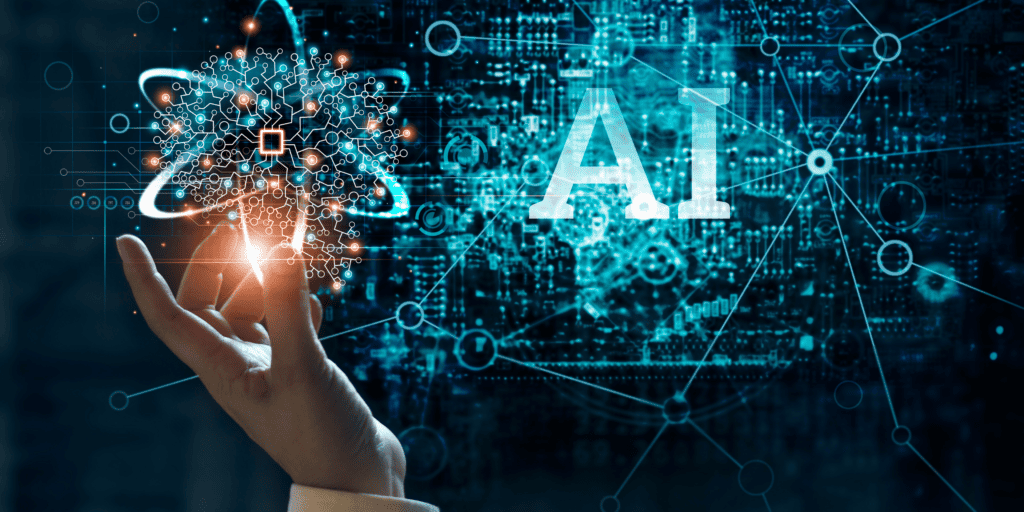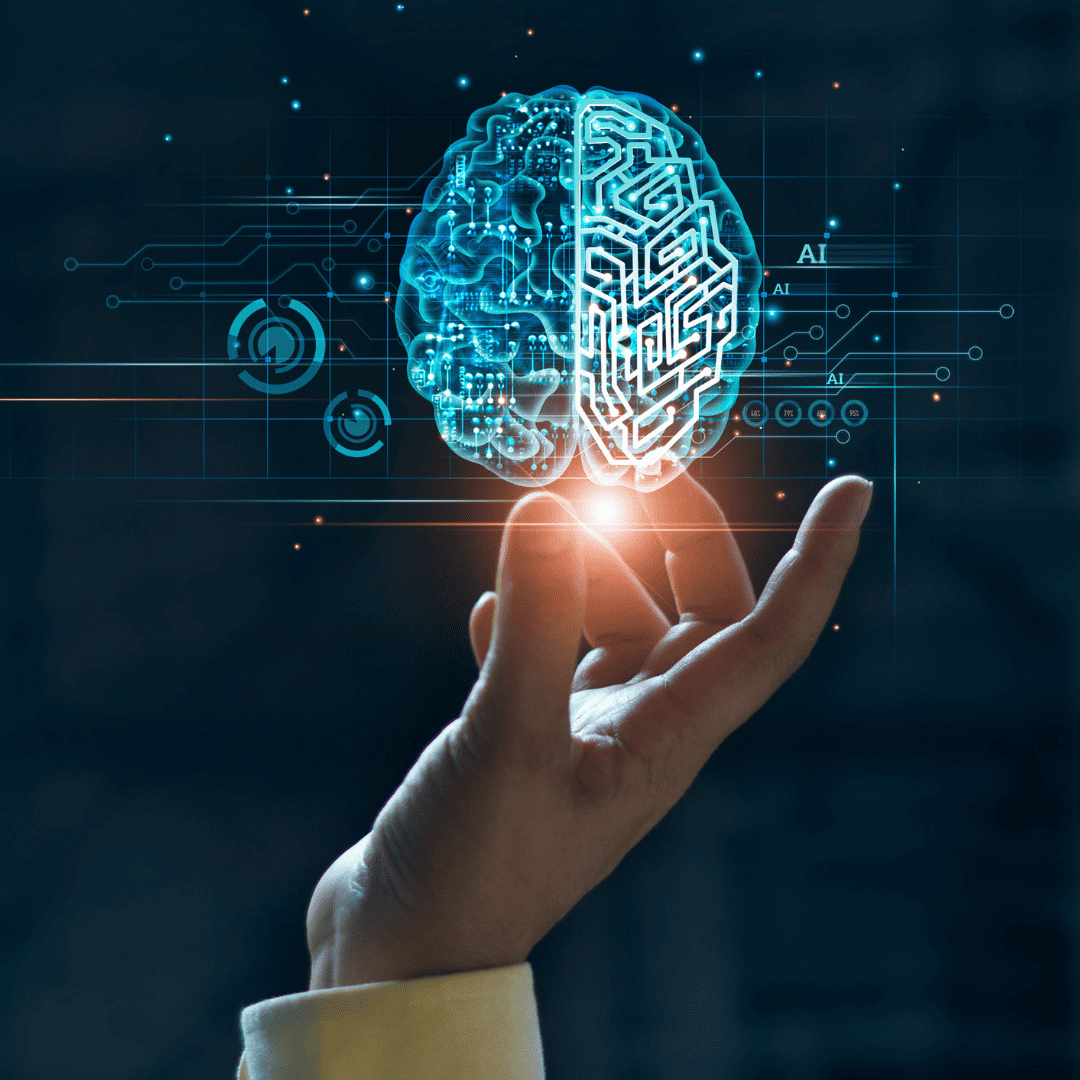The world of transcription and captioning has seen a transformative revolution in recent years with the advent of Artificial Intelligence (AI)-powered technologies. Yet, many individuals don’t understand the power of this technology nor the advantages that it offers when converting speech to text.
What is captioning?
To those unfamiliar with the terminology, captioning refers to the process of providing a text version of the spoken part of a video or audio file. Captions contain timestamps so that the text is synced with the audio and appears in unison. Transcripts are simply the text version of the audio, oftentimes broken down by speaker but not by timestamps.
Both captions and transcriptions are essential tools to enhance accessibility and promote inclusivity in the digital world. Until recently, human captioners and transcribers were the primary sources for this process. However, AI captioning has emerged as a powerful contender.
Human captioning

Human captioning is the traditional method where trained professionals listen to the content and transcribe it into text. These human captioners not only transcribe the spoken word but also indicate other significant audio elements such as laughter, applause, or music, providing a more comprehensive understanding of the content. This method often results in high-quality captions because human captioners can understand context, sarcasm, or idioms, which can be challenging for machines to interpret accurately.
AI captioning

On the other hand, AI captioning utilizes advanced machine learning algorithms to transcribe spoken language into text. The technology continuously learns and improves over time, resulting in more accurate transcriptions. As AI systems are trained on vast amounts of data, they can understand multiple languages, accents, and dialects, making them versatile and adaptable. Unlike human captioners, who may take hours or days to caption a short video or audio file, AI captioning can produce caption files within minutes.
So, what sets these two methods apart?
1. Speed and Efficiency:
AI captioning has a significant speed advantage over human transcription. It can process a full-length movie or an episode of a series in a fraction of the time a human would take. While human captioning also requires scheduling and communicating with a human to plan the project, AI captioning is available 24/7 to automatically caption your file. No pre-scheduling and discussions are required.
2. Cost:
AI captioning is generally more cost-effective. Human captioning is a time-consuming process that requires skilled labor, which can be expensive. In contrast, AI systems can work around the clock without fatigue or breaks to significantly reduce the human costs normally associated with this process.
3. Scalability:
AI systems can handle larger volumes of content at a time. As the demand for captioned content increases, the scalability of AI captioning becomes a major advantage. AI can consistently churn out captions for multiple videos or audio files at a time, while one human can only work on one file at a time.
4. Accuracy:
While human captioners can understand the context better and provide high-quality captions, AI systems are catching up fast. With continuous learning and improvement, AI captioning systems are enhancing their accuracy rates and context-understanding capabilities. Providing custom dictionaries quickly improves the accuracy level of AI-based results.
AI Captioning stands above human captioning
The benefits of AI captioning for pre-recorded content are numerous. Apart from the obvious advantages of speed, cost, and scalability, AI captioning also enables easy editing and correction because the text is already in a digital format. It also offers the ability to handle multiple languages efficiently, making content accessible to a global audience.
Moreover, AI captioning platforms like SubCaptioner.com are integrated with advanced features like automated punctuation, speaker identification, noise cancellation, and timing features which significantly improve the overall quality of the captions.
However, it’s important to note that the choice between AI and human captioning doesn’t necessarily have to be binary. A hybrid approach, where AI does the initial transcription and humans review and fine-tune it, can offer the best of both worlds.
Merging the benefits of AI and Human captioning
SubCaptioner provides users with the opportunity to have a hybrid approach to captioning through the use of the in-system editor. Once SubCaptioner’s AI technology has processed and generated the caption files, users can then open the editor to make quick corrections to any misspelled words or misunderstood phrases.
This hybrid approach to creating and editing captions is a great option for individuals who need high accuracy with fast turnaround times.
As AI continues to evolve and improve, we can expect to see even more enhancements in the quality and efficiency of AI captioning with the need for human intervention becoming less.
Make your pre-recorded content inclusive and accessible to everyone
SubCaptioner is dedicated to helping make content more inclusive and accessible to viewers. The online platform generates AI-driven captions, transcriptions, and translated subtitles for pre-recorded content in just minutes and at an affordable price of US$0.25/minute.
Creating an account on SubCaptioner is free and comes with 40 minutes of free captioning to test out the platform and the AI’s accuracy. Create an account, upload your content, and see how fast our technology can convert your speech to text.



